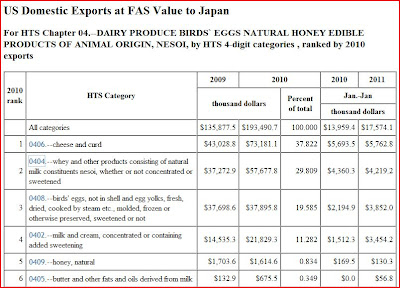
http://www.blogger.com/img/blank.gif
(click on image to enlarge)
After WW II there was a massive amount of people who needed employment. The GI Bill provided many opportunities, including farm loans. So, many people went into farming, including dairy farming, a form of entrepreneurship.
There is a new report out from the Cleveland Federal Reserve Office: http://www.clevelandfed.org/research/commentary/2011/2011-04.cfm
Between December 2007 and June 2009, the United States suffered its biggest economic downturn since the Great Depression. Dubbed the Great Recession, this economic contraction saw gross domestic product decline 4 percent and the unemployment rate more than double from 4.9 percent to 10.1 percent.
While the media was full of reports about how the recession affected big business and consumers, it was largely silent on what happened to entrepreneurship. Economists are divided on the matter.
Some believe that recessions have no effect on entrepreneurial activity, arguing that the negative effects of reduced demand are offset by the increased motivation to have one’s own business as a protection against layoffs.
Others believe that the Great Recession actually brought about an upswing in entrepreneurship, as the downturn pushed laid-off workers to pursue their entrepreneurial dreams. A press release announcing a recent report from the Ewing Marion Kauffman Foundation, for example, went so far as to argue, “Rather than making history for its deep recession and record unemployment, 2009 might instead be remembered as the year business startups reached their highest level in 14 years—even exceeding the number of startups during the peak 1999–2000 technology boom.”
Unfortunately, a careful look at the data suggests otherwise. Multiple sources of government and private data show that the Great Recession was actually a time of considerable decline in entrepreneurial activity in the United States.
(full report at link)
The report concludes, "By most available measures, the Great Recession’s effect on entrepreneurship was negative."
Although the report offers no explanations, it would seem to be obvious that the climate favored big over small businesses.



















